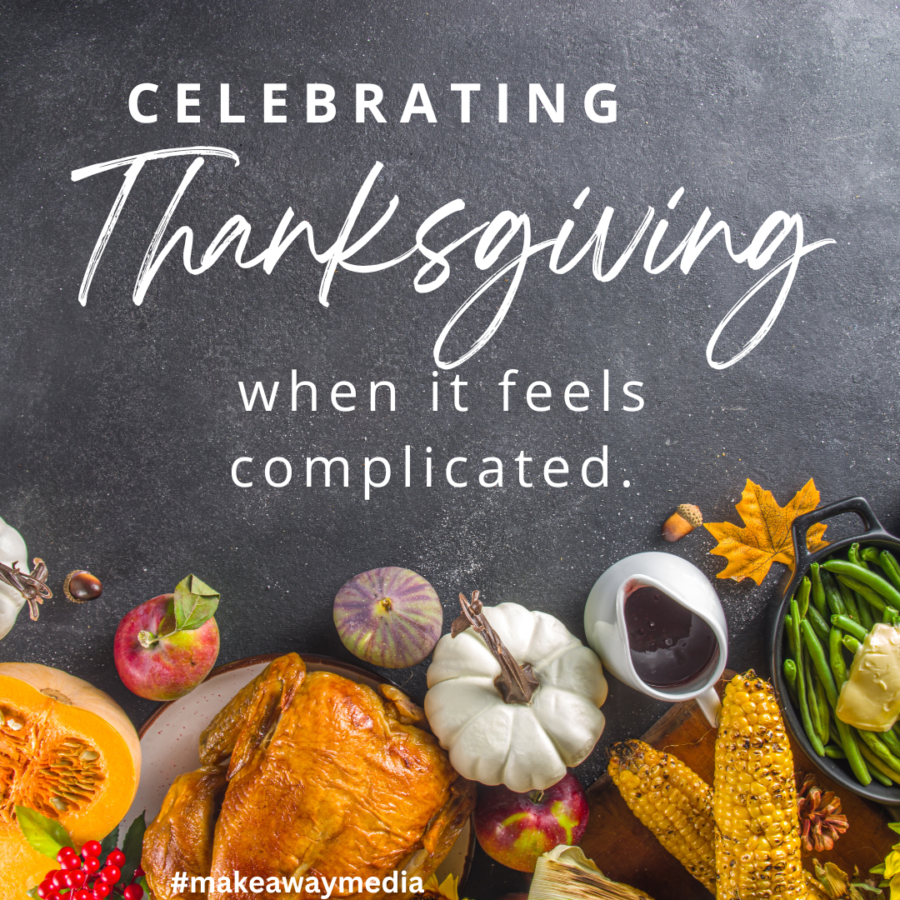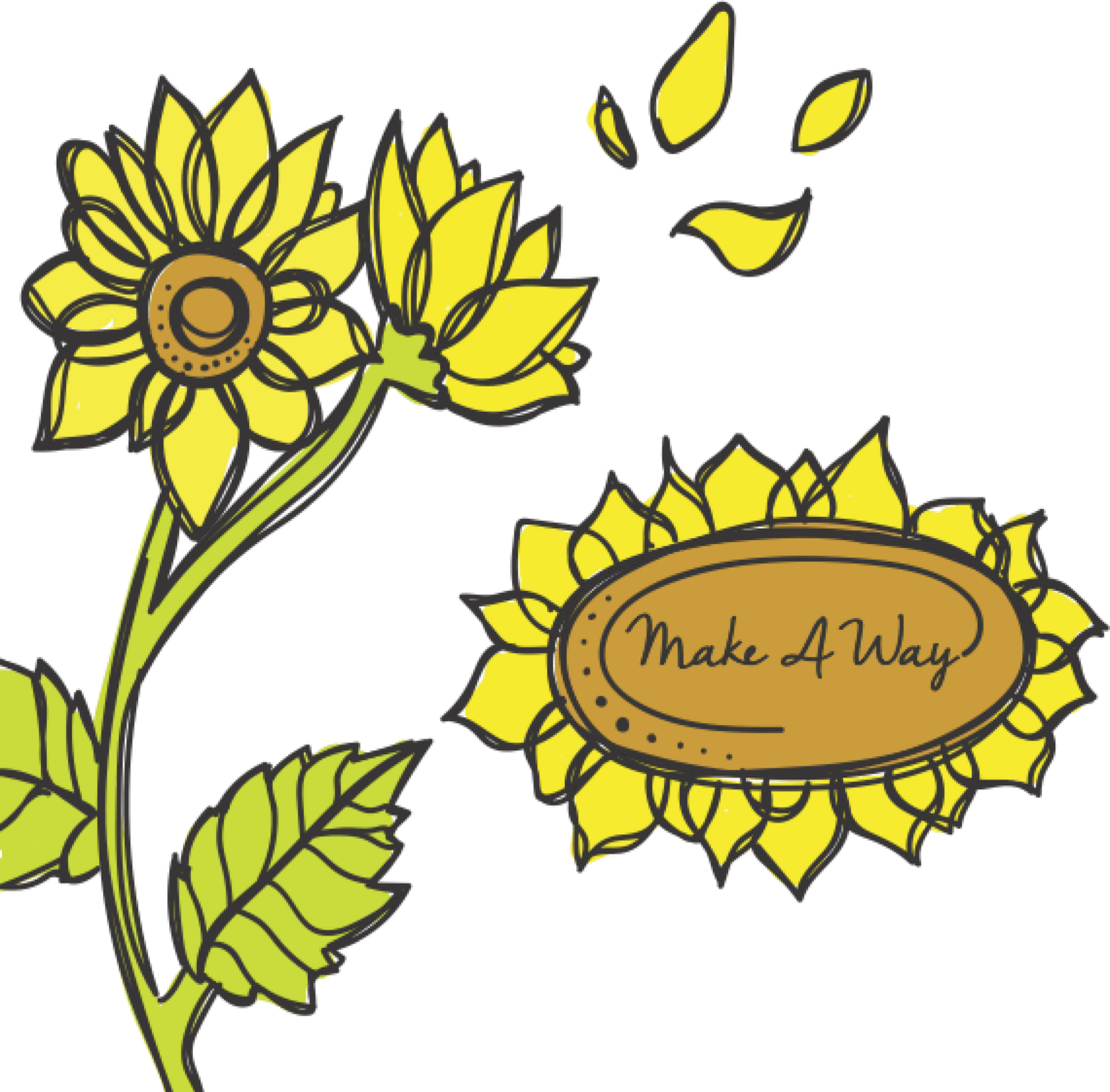When we think about Thanksgiving, we might have mixed feelings about it. Despite what we might have read in history books when we were kids, relationships between European colonists and Native Americans were not as friendly as we as a country like to believe.
While Wampanoags did reach out to Plymouth settlers, historian David Silverman, of George Washington University, says in a Smithsonian article that this wasn’t the nice and cozy Thanksgiving story most of us were taught. In fact, the alliance between English settlers and the Wampanoags deteriorated so badly, it eventually led to war.
 The way we think about the myth of the original Thanksgiving might be similar to the myths we bring to our own family gatherings. We may hope that it is a time for a shared meal without conflict, a time to bask in love and care, when in truth we know that a sister or a brother or a weird uncle will say or do something that sets everyone on edge. We like to cling to myths sometimes because reality is often too much for our minds to process. It’s kind of like denial while in the midst of grief. We just have not, as a community, accepted that the origins of Thanksgiving were not as warm and fuzzy as a Charlie Brown special.
The way we think about the myth of the original Thanksgiving might be similar to the myths we bring to our own family gatherings. We may hope that it is a time for a shared meal without conflict, a time to bask in love and care, when in truth we know that a sister or a brother or a weird uncle will say or do something that sets everyone on edge. We like to cling to myths sometimes because reality is often too much for our minds to process. It’s kind of like denial while in the midst of grief. We just have not, as a community, accepted that the origins of Thanksgiving were not as warm and fuzzy as a Charlie Brown special.
How do we reconcile ourselves to celebrating a holiday that we know for certain has not been portrayed correctly? A “holiday” that is rooted in a myth of peace, that in all actuality, cost Native Americans to lose land, lives, dreams, and freedoms?
One thing we can do is educate ourselves, our families, and our communities to understand more about the Native American experience- especially before European colonists arrived in North America. People had been living on the land for over 10,000 years by the time colonists arrived, and we have evidence of their beautiful communities and achievements. Cahokia Mounds in Missouri and the Newark Earthworks in Ohio are just two of the important areas that show the amazing artistic and mathematical contributions of Native Americans. Be sure that your family knows the truth, not the myth. There is a beautiful diverse children’s book I recommend called Keepunumuk and it is a Thanksgiving story you can find at this link. I also recommend We Are Still Here! which is also for kids and gives some insight into what life for Native Americans has been like.
We can still give thanks, and acknowledge the day of Thanksgiving as a time to be thankful, and a time to express that gratitude to others. The history of our ancestors in this country was ugly and fraught with problems. Our own relationships with family, colleagues, neighbors, and social media contacts can, while not the same, can be filled with issues too. Let’s add a day of reflection on top of the giving thanks part and work towards peace in all the corners of our lives.



